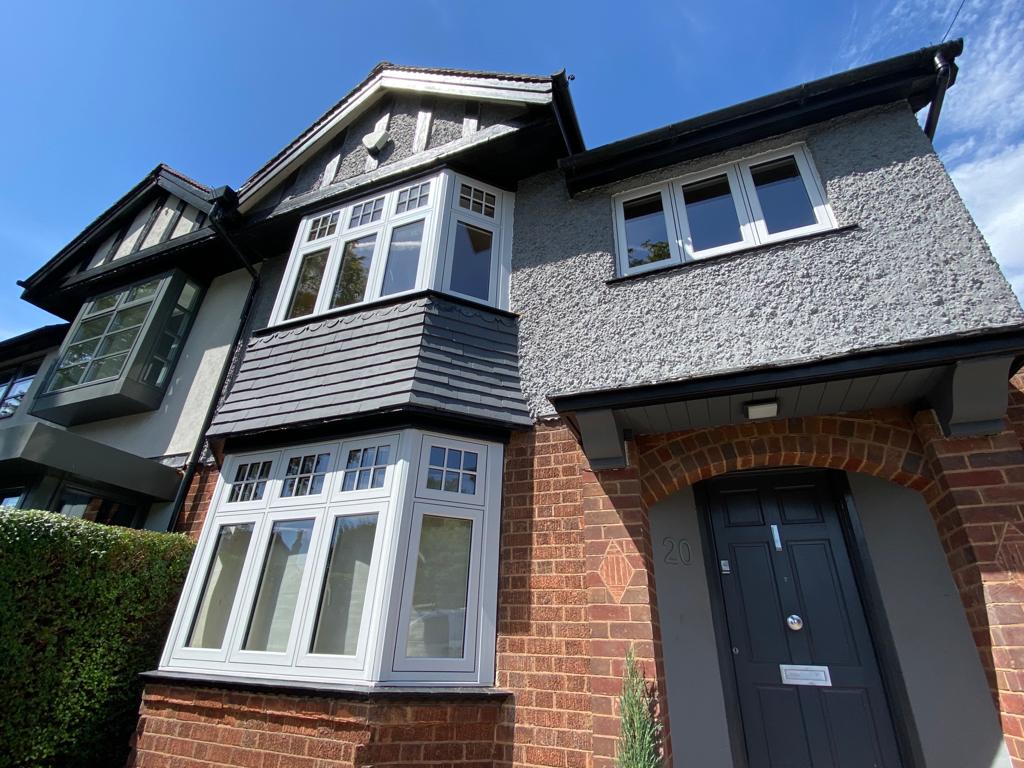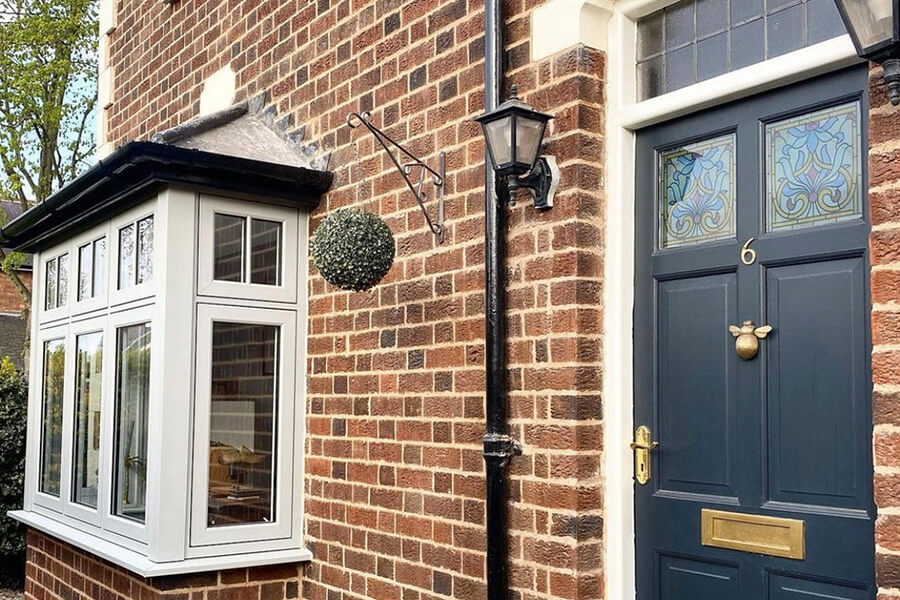Whether you’re choosing a new door, window or even a full conservatory or similar extension, at some stage you’re going to have the conversation about U-values, R-values and other related terminology likely to leave you scratching your head in puzzlement. What do these things mean, and why are they important?
All these terms (which include window-relevant G-values and Window Energy Ratings (WER) ) are a measure of how well (or badly) a window or a door performs in terms of heat flow and heat loss. Such ratings are important because UK government legislation requires windows and doors to be much more thermally efficient than ever.
In June 2022 changes were made to UK building regulations that focused on better energy efficiency for windows and doors in new-build and existing properties. The aim of these ‘Part L’ changes is to cut emissions from properties, particularly new homes, and help to hit the UK’s net zero carbon target.
So let’s look at some of these terms in the hope that you’ll be better equipped to know what they mean when you start hunting for your new window, door or conservatory…

R-values explained
R-values are more often used in the United States than the UK, but it’s still important to understand them just in case they crop up.
An R-value is a score (going from 1 upwards) given to what we might term a ‘barrier’ – a window, door, wall or roof) based on its ability to resist the flow of heat through it. The higher the number, the better the thermal resistance to heat transfer. A window, for example, needs to insulate but also let fresh air and light in. So an old-fashioned single-glazed window might have an R rating of 1, while a regular double glazed window might be R-rated 2 or 3. Speciality double glazing or triple glazing may reach R-values of 5 or 6. Therefore, it makes sense to look for an R-rating of 2 or above if you come across this measurement while you’re looking for your new window.
U-values explained
A U-value works in the opposite way to an R-value and is a common measurement in the UK. It is a means of measuring ‘thermal transmittance’, i.e. how easily heat gets through windows and doors. To calculate a U-value, the heat transference rate is divided by the temperature difference on either side of the window or door. The end value is in watts per square metre per Kelvin W/m2K. (1°C = 1Kelvin).
In simple terms, this means that the higher the U-value, the more heat escapes. What we’re looking for are lower U-values, keeping more heat in. The new regulations now demand a U-value of 1.6 W/m2k maximum for windows and doors in new-build properties, and 1.4 W/m2k maximum for replacement windows and doors in existing properties. For example, our Planitherm aluminium windows can achieve U-values as low as 0.8W/m2.K with 44mm triple glazing.

Window energy ratings explained
The energy-rating system for double glazing works on an alphabetical system, so that windows rated A++ are the best, energy efficiency-wise, while E are the worst. Building regulations require all new windows to be at least C-rated. For example, 0ur uPVC windows are A-rated and developed with the latest multi-chambered profile technology as standard; they are designed to save energy and reduce heating bills. This thermally sound design can achieve U-values as low as 0.8 W/m2k, making them an ideal choice for all properties. By installing A-rated windows in an entirely single-glazed semi-detached gas heated property, it is estimated that you could save around £135 a year, and up to 720kg less carbon dioxide in the atmosphere.
G-values explained
The G-value measures how much of the sun’s heat your windows let into a room; in other words, it is a solar value. It is calculated using the sun’s heat that passes directly through the glass, plus the heat the glass absorbs and radiates into your room. The value itself is a number between 0 and 1, where 1 lets in all the sun’s heat and 0 means that is blocks it completely.
Modern double and triple-glazed windows and glass block the sun’s heat by design. Allowing some of the sun’s heat into your room means it is warmer in the winter but doesn’t get too warm in summer.
A typical modern triple-glazed uPVC window is likely to have a G-value of around 0.40. This is lower than a double-glazed equivalent, but each work equally well depending on their positioning. Triple-glazing retains more heat, so they’re better in colder rooms where retaining heat is more important than capturing it. Conversely, the double-glazed window performs more efficiently in warmer rooms where heat can be captured. Mixing and matching the two styles will help to keep your home warm all year round.
At The Nottingham Window Company, our double glazed windows and doors are designed with performance in mind, achieving incredibly low U-values. All our windows are built with energy efficiency and they conform to the updated building regulations. For more information contact us here, give us a call on 0115 866 0066 or even visit our showroom in Nottingham.
